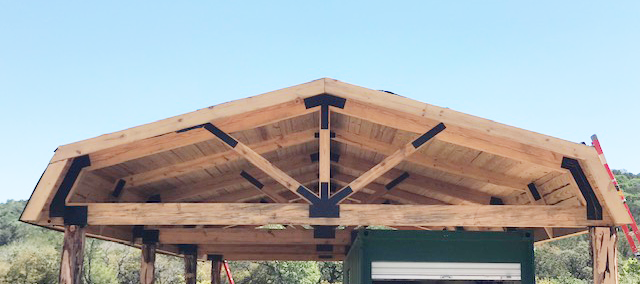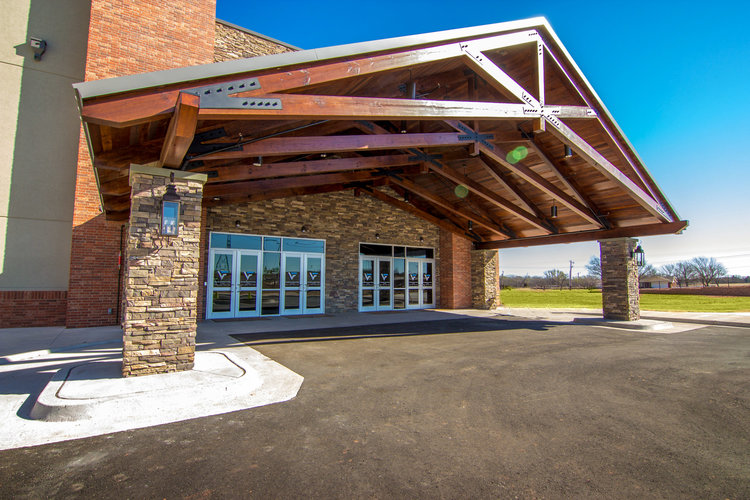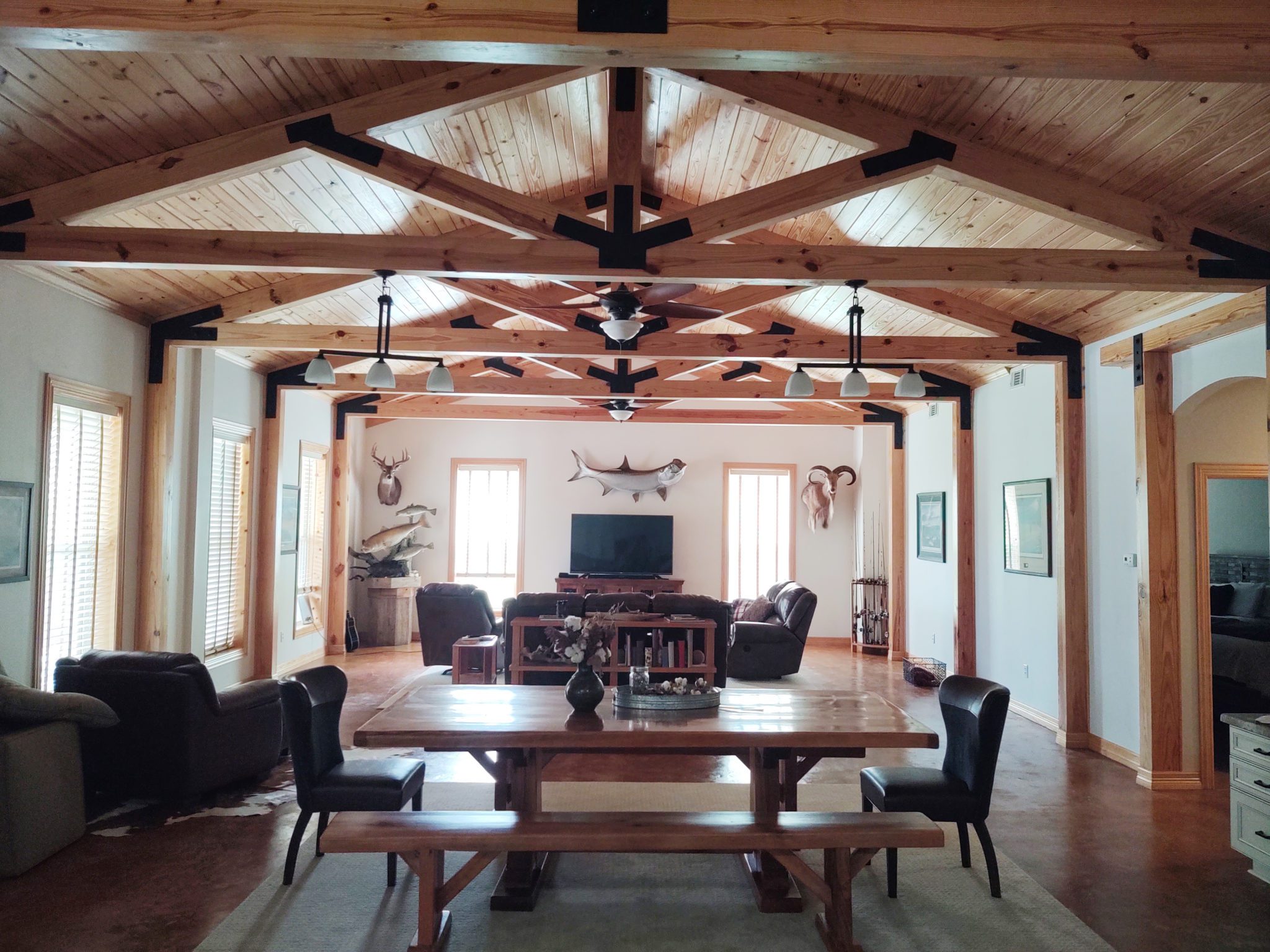Understanding the Role and Benefits of Structural Timber Trusses in Construction
In the realm of modern construction, structural timber trusses have emerged as a fundamental and aesthetic component for creating robust and efficient roof and floor systems. These triangular frameworks, typically made of timber, provide essential support and stability to various structures. In this article, we will delve into the world of timber trusses, exploring their purpose, advantages, and applications.
What are Structural Timber Trusses?
Structural timber trusses are engineered frameworks composed of individual timber members connected together to form triangles. Triangles are known for their inherent strength and stability, and this principle lies at the core of why trusses are so effective. The members are joined using metal plates, nails, or other appropriate connectors, creating a lightweight yet robust structure capable of spanning long distances without the need for excessive support columns or load-bearing walls.

Purpose of Structural Timber Trusses
- Load Distribution: The primary function of timber trusses is to distribute the weight and forces acting on a roof or floor evenly across the supporting walls, beams, or columns. This significantly reduces the stress on individual components, ensuring the structure's longevity and integrity.
- Long Span Capabilities: Timber trusses allow for long spans, enabling architects and engineers to design open and spacious interior environments without compromising on structural integrity. This is especially valuable in commercial and industrial buildings, recreational facilities, and large residential spaces.
- Flexibility in Design: The modular nature of timber trusses offers architects and designers the freedom to create various roof shapes and configurations, from simple gable roofs to complex multi-pitched and arched designs. This versatility allows for unique and aesthetically pleasing structures.
Advantages of Structural Timber Trusses

- Sustainable Material: Timber is a renewable resource, making it an eco-friendly choice for construction. Timber trusses also have a lower carbon footprint compared to steel or concrete alternatives.
- Cost-Effective: Timber trusses are generally more economical than other structural systems, as they require less labor and time for installation. Additionally, the reduced need for supporting elements results in cost savings.
- Quick Installation: Prefabricated timber trusses are made off-site, ensuring precise manufacturing and faster installation on-site. This expedites the construction process, reducing overall project timelines.
- Lightweight: Timber is considerably lighter than steel or concrete, making it easier to transport and handle on-site. This can lead to cost savings in transportation and labor.
- Aesthetic Appeal: The natural warmth and beauty of timber enhance the visual appeal of any structure, contributing to a cozy and welcoming atmosphere in residential spaces.
Applications of Structural Timber Trusses

- Residential Construction: Timber trusses are commonly used in residential buildings, providing stable and attractive roof systems for single-family homes, townhouses, and apartments.
- Commercial and Industrial Buildings: Warehouses, factories, retail spaces, and other commercial establishments benefit from the cost-effective and efficient long-span capabilities of timber trusses.
- Educational and Recreational Facilities: Timber trusses find applications in schools, sports complexes, community centers, and other public buildings, creating vast open spaces for various activities.
- Agricultural Structures: Timber trusses are ideal for barns, stables, and other agricultural buildings, where they offer a durable and affordable roofing solution.
Build your next project with structural timber trusses.
Ready to build with longevity and durability in mind? Choose structural timber trusses for your construction projects by contacting us online or calling us at 1 (800) 716-0636. Start building with confidence today!
